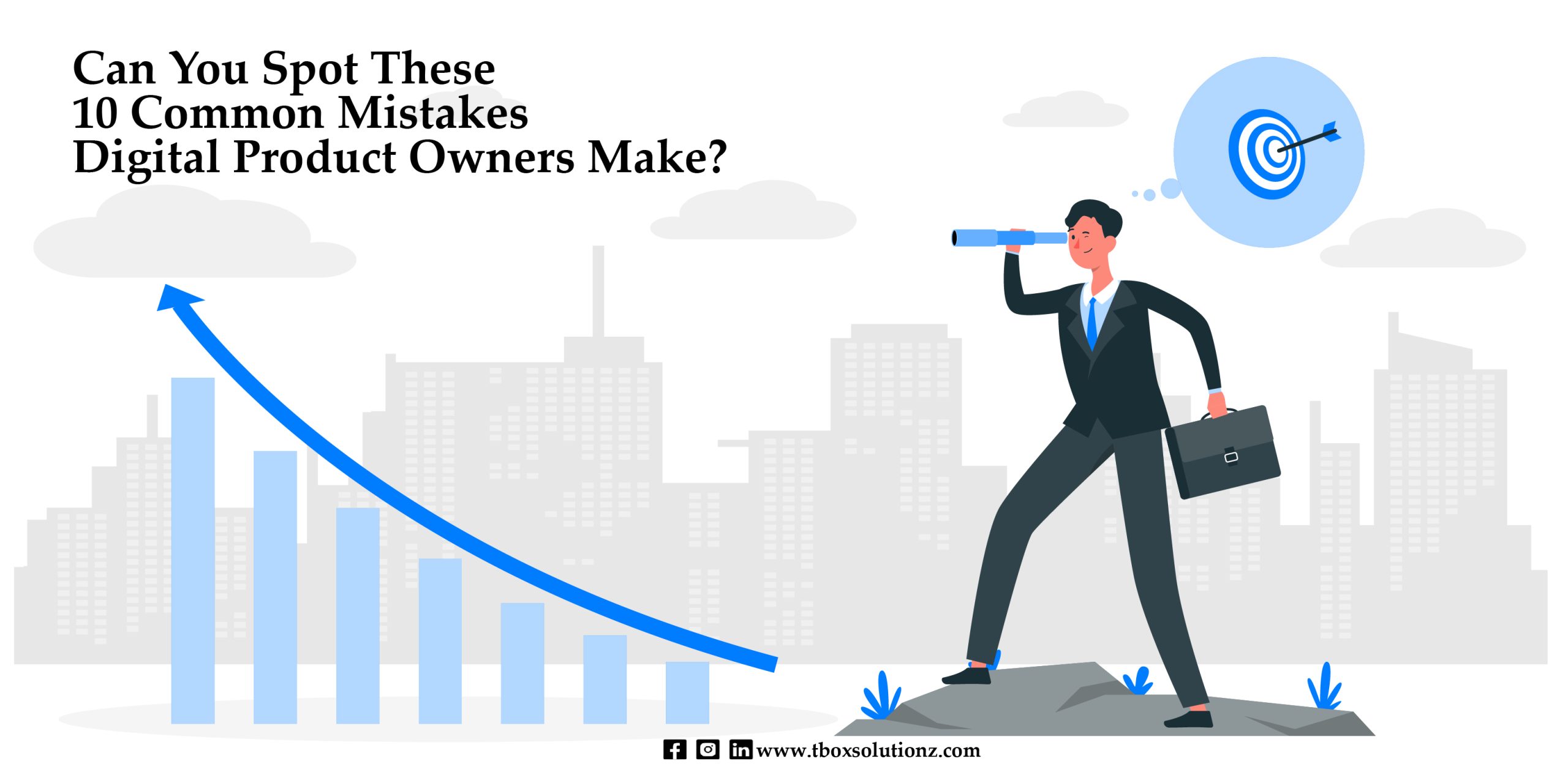
Launching a digital product is an exciting journey, but it comes with its fair share of challenges. Product owners, especially first-timers, often make critical mistakes that can lead to costly setbacks. Understanding these pitfalls can help you navigate the digital product development process more effectively. Here are some of the most common mistakes product owners make when starting a digital product and how to avoid them.
One of the biggest mistakes is jumping into development without validating the market need. Many product owners assume their idea is groundbreaking without testing whether there’s actual demand.
How to avoid:
Not having a clear understanding of the target audience can result in building a product that doesn’t resonate with users.
How to avoid:
Many product owners try to build a full-fledged product from day one, leading to excessive costs and delays.
How to avoid:
Trying to incorporate too many features at once can lead to a cluttered product and slow development.
How to avoid:
Many product owners lack technical knowledge and rely entirely on their development team, which can lead to miscommunications and unrealistic expectations.
How to avoid:
A product with poor user experience (UX) and design can drive users away, no matter how powerful its features are.
How to avoid:
Many product owners focus only on product development without considering how it will generate revenue.
How to avoid:
Even the best product will fail if no one knows about it. Some product owners believe their product will market itself, which is rarely the case.
How to avoid:
Misaligned expectations and lack of clarity in communication can lead to development delays and budget overruns.
How to avoid:
A product that isn’t designed for growth may face serious performance issues as user demand increases.
How to avoid:
Starting a digital product requires strategic planning, continuous learning, and adaptability. By avoiding these common mistakes, product owners can increase their chances of building a successful and scalable digital product. Focus on user needs, iterate based on feedback, and maintain a balanced approach between development, marketing, and business strategy.
Looking to develop your digital product? Our expert team can help bring your vision to life. Contact us today for a free consultation!